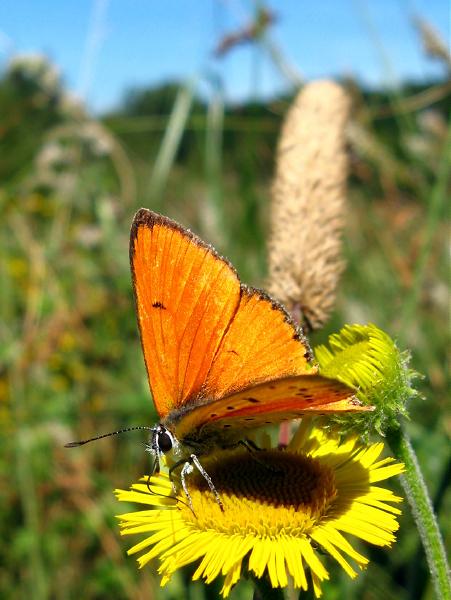Half agreed, Felix!! With European butterflies, however, real professionals rarely need to take specimens, at least for the purposes of identification. And genetic studies are increasingly done on legs, which can be taken from a butterfly without killing it. A friend of mine, who is the Swiss recorder (paid by the state for hunting butterflies in the summer and processing data in the winter

), has only once taken anything while I've been with him - a specimen of
Erebia eriphyle at a colony I showed him in my local region. The record (and my records for previous years) couldn't be confirmed without the proof, though he has indicated he will accept any future records of
eriphyle from me. I know he has also taken
Pyrgus armoricanus this year, for the same reason, and he has collected about a dozen
Leptidea as part of research into the distribution of
reali. He rejected a record of
armoricanus Matt and I submitted, with photos, as this species cannot with absolute certainty be distinguished from
alveus without dissection.
This year, apart from
reali/
sinapis, there are probably not more than two or three insects I might have needed to take for certain ID (but I didn't), and one was a potential
Hipparchia fagi, which can in principle be identified (in this case, separated from
genava) by careful manipulation in the hand.
My point being, that amateurs (who are not all twitchers!), who maybe just don't know their butterflies well enough, shouldn't catch and kill things simply to identify them. As you perhaps implied, that sort of activity should be left to professionals, who know what it is useful to take and what not, and who in my experience actually take very few things.
Guy


